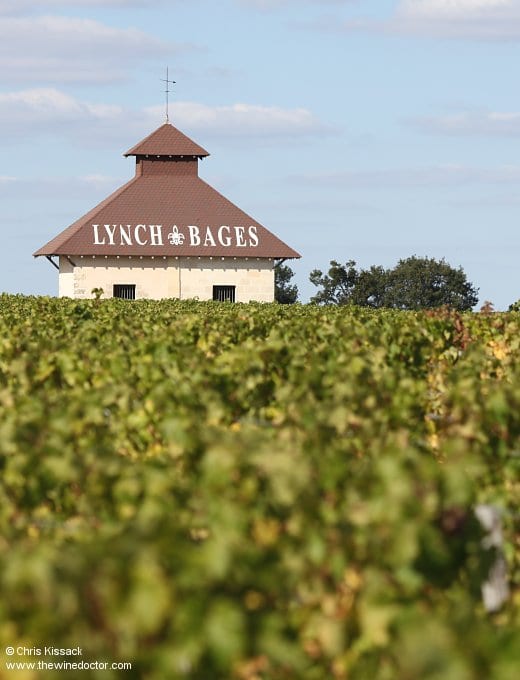Château Lynch-Bages: The Cazes Era
Most authors seem to agree that the Lynch estate was broken up after Jean-Baptiste’s death, giving us the origins of both Château Lynch-Moussas and Château Lynch-Bages. Quite where the name Moussas came from isn’t totally clear, although the Bages suffix appears to reflect the more easterly location of these vineyards, near the little villages of Bages on what has become known as the Bages plateau. Neither Jean-Baptiste Lynch nor Michel Lynch (who had died in 1824) had sired an heir, and so Château Lynch-Bages was sold off, the new buyer being Sébastien Jurine, a Swiss wine merchant.
From Jurine it passed to his son André-Louis, but following his death in 1861, by which time the estate was ranked a cinquième cru in the 1855 classification, the estate – at this time known as Jurine-Bages – was sold in order to settle the inheritance. It was taken on by two brothers, Jérôme-Maurice and Henri Cayrou, local négociants, who reverted the estate to the original name of Lynch-Bages. From them the estate was passed down to Maurice’s daughter, and then to General Félix de Vial (1864 – 1949). It was the General who brought the Cazes family and Lynch-Bages together, first when he leased the vineyards to them, and eventually selling the estate to Jean-Charles Cazes in 1939.

